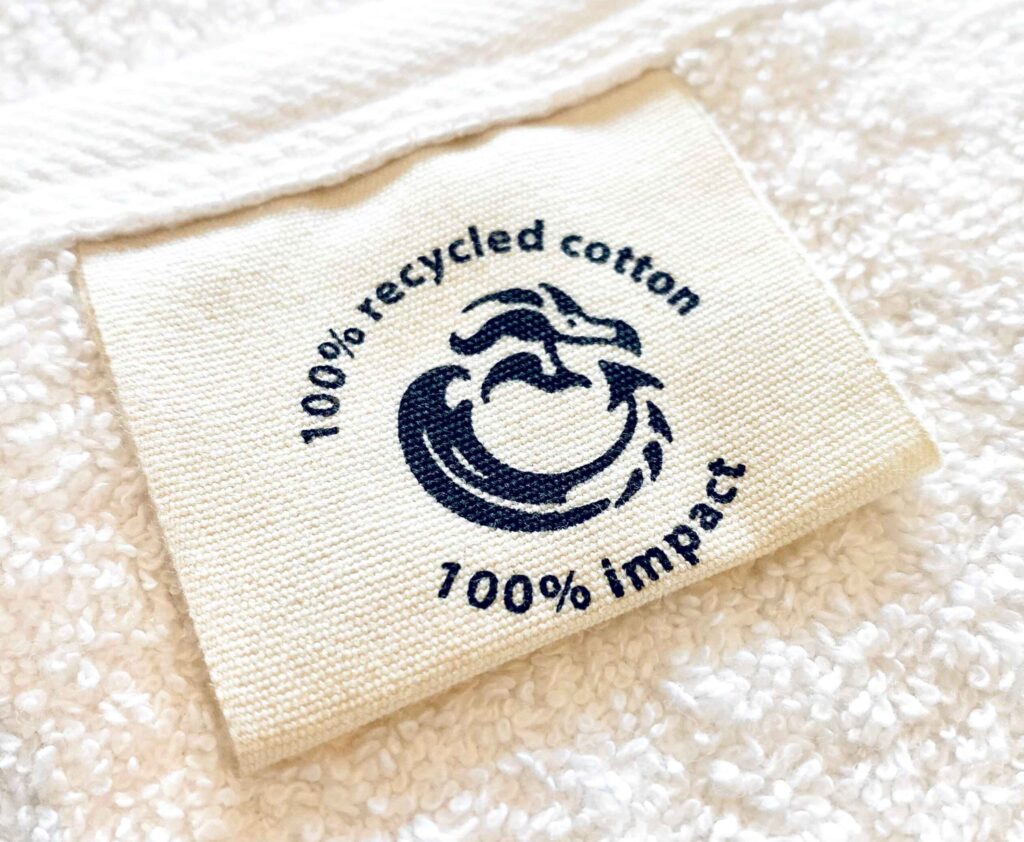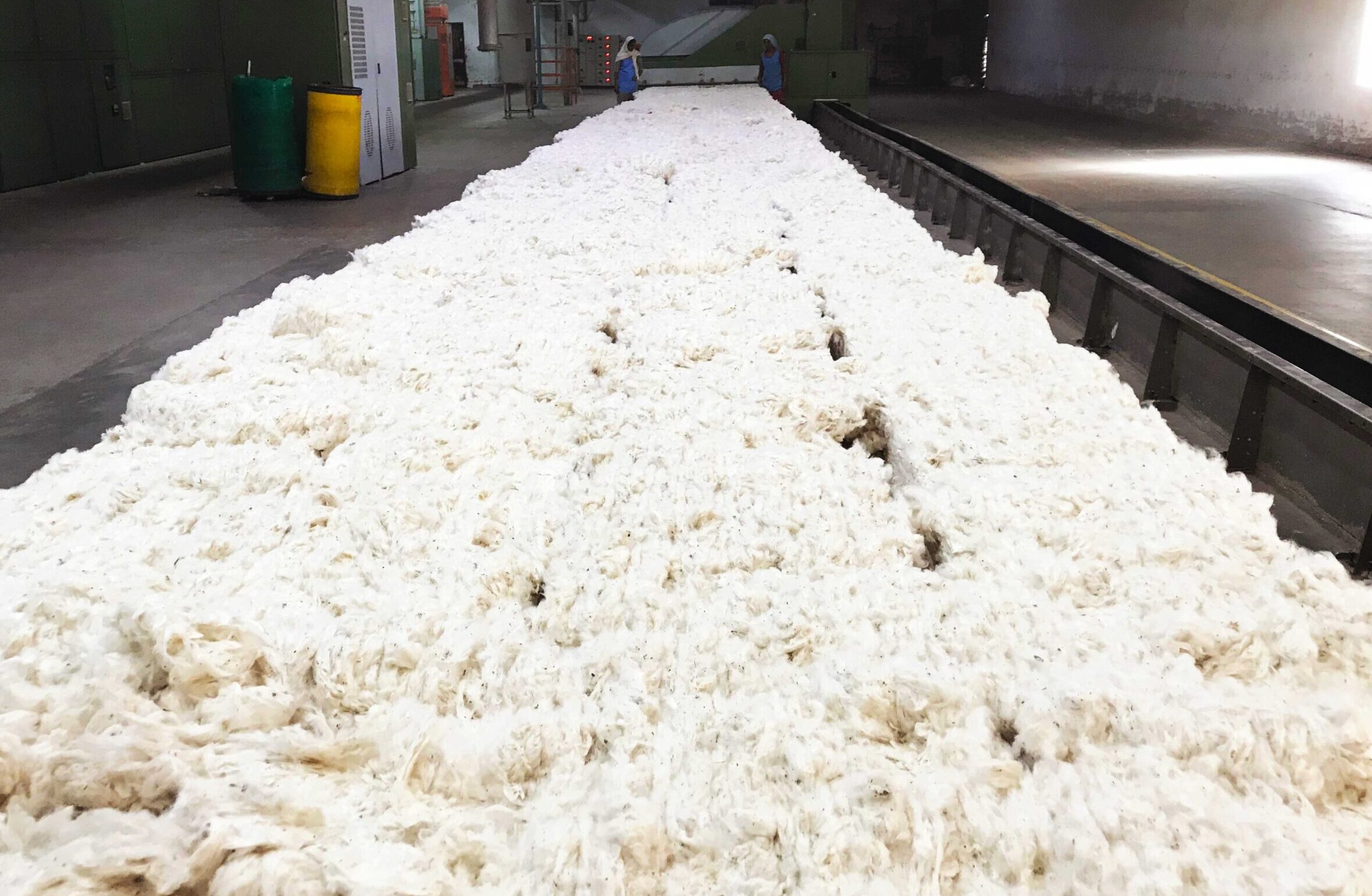In our previous blog, we talked about the recycling of PET bottles for textile production. To recap: Plastic bottles are chopped into small pieces, cleaned, melted, and spun to make yarn for textiles. Clothing brands then market that as ‘recycled’. While the recycling may apply to the bottles, it has nothing to do with recycling textiles. What exactly is this about? We start at the beginning: when recycling textiles, we distinguish between pre and post consumer cotton.
Pre consumer
Pre consumer cotton is waste cotton that has not been used to produce a final textile product. It is cotton that remains as waste in industrial production processes. In practice, this can amount to around 30% of the cotton in the whole supply chain, so it is definitely interesting to recycle sensibly. This production waste is a given because a lot of cotton is needed before your final textile product is produced according to specification.
For the production of our bags, clothing and bed, bath and kitchen textiles, pre-consumer cotton is the cotton we currently use as raw material. To this end, we use a patented process that guarantees that the cotton is actually recycled cotton, i.e. a waste product free of plastics. For many years nxtile has the infrastructure in place to guarantee sufficient supply of pre consumer cotton waste while our patented process warrants that the quality is just as strong as conventional cotton.

Post consumer
Post consumer recycled cotton is a completely different story. It comes from ‘old’ textiles that we as consumers have worn or otherwise used. It almost always consists of a mixture of fibres from plastics and cotton. So to recycle old textiles, that plastic must first be separated from the natural fibres. This is a very inefficient and complex process, and therefore expensive. How much we would love to switch from 100% pre consumer to 100% post consumer this is for the short term not a scalable process.
Most textile producers therefore do not embark on it. However based on our 100% pre consumer expertise we are able to add a % of post consumer waste. This blend is more scalable and just as impact full. Gradually together with our clients we are further completing our journey towards circularity. We know where we are going that’s why we started with 100% recycled cotton products in the first place. Our products are already circular proof because without plastics they are perfectly suitable for re-use and can therefore make a huge contribution to sustainability and environmental impact.

Conclusion: pre and post, you can do both!
The techniques for post consumer recycling are there, but not yet widely available. That’s why we at nxtile are currently opting for pre consumer. But there is potentially a huge turnaround waiting for us when we can process post consumer recycled cotton and that is exactly what we at nxtile are working on. Circular textiles without plastics, so that we not only save water and land and avoid CO2 emissions, but can also continue to recycle ‘old’ cotton and reduce waste. Making textiles from textiles. Just as we should use PET bottles only to make new ones. It can be done!
Want to know more facts about textiles made from 100% recycled cotton? Then follow our blog on LinkedIn. In June, we will take a closer look at the impact of blends on recycling opportunities.

